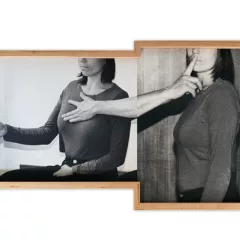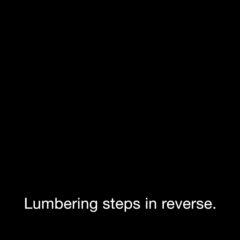This week’s Weekly has my review of the ICA’s Dance with Camera. Below is the copy with some pictures.
“Dance With Camera” at the Institute of Contemporary Art is a visual and audio delight. The sprawling show in the ICA’s first floor gallery features video and photography about dance—but you won’t catch any Nutcrackers or black swans. Rather, there are head bangers, suited up lawyers and ball players. The show, composed of work by 31 artists and artist groups, demonstrates artists’ long-time fascination with bodies in motion.
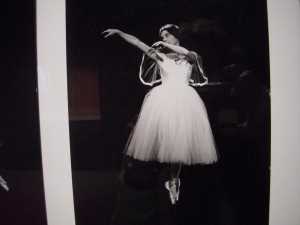
For the show—one of three on view—ICA turned the first floor gallery into a black box with the only light sources coming from video monitors and projections. What’s lost in not being able to read wall labels is more than made up for in the heightened drama of being in a darkened space that evokes a theatre.
Several early performance artists are included in the show and their groundbreaking works give historical context to later works. Eleanor Antin’s Caught in the Act from 1973 sets a whimsical tone. A series of black and white photographs features Antin in tutu and toe shoes posing en pointe. Next to the photos is a video that unmasks the artist as a faker. She can stand en pointe but needs to hold on to a stick to do so. She falls repeatedly. The seemingly perfect photos are a sham. The whole project is an exercise in truth-telling.
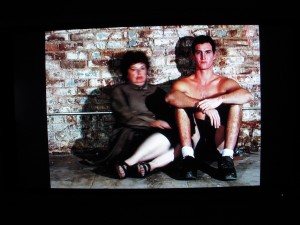
Three short works by New York artist Oliver Herring are also about truth. Herring, who films ordinary people in his short videos, places his first subject, Nathan, in a cramped hotel room and asks him to pirouette and dance in Nathan (Hotel Room CT) , 2007. The young man in his suit tries gamely—he stands on the swivel chair, strikes a pose and falls. He does the same on the bed. He is sweating hard and his suit is a mess by the end. Herring’s hand-held camera dances around the room, adding to the sense of instability.
Even more striking are two works with other subjects— Dance 1, 2002 and Joyce and Davis , 2005. Joyce (middle-aged, short and heavy) and Davis (young, tall and athletic) perform a pas de deux mimicking each other’s moves and falling into each others’ arms ala dance legends Rudolph Nureyev and Margot Fonteyn. The deadpan performances are funny and poignant, conveying the beauty of the human body in motion and the impossibility of achieving perfection.

Ann Carlson and Mary Ellen Strom’s Sloss, Kerr, Rosenberg & Moore, 2007, brings humor to the show with four lawyers in suits and ties performing choreographed fidgeting in an office corridor. The taut, aggressive movements call to mind scenes from The Matrix , only, here, the men look harmless—albeit annoying—and your first impulse is to laugh.
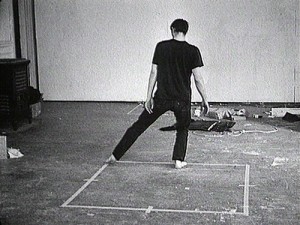
Many other works stand out including an early Zen minimalist performance, Dance or Exercise on the Perimeter of a Square , 1967-68 by Bruce Nauman and Bruce Connor’s BREAKAWAY (1966), showing performer Antonia Christina Basilotta (better known as Toni Basil of “Oh Mickey, you’re so fine” fame) gyrating in various stages of undress to the strains of her own song, “Breakaway.” Connor’s videos are “widely acknowledged as the forerunners of music video,” according to ICA.
Most of the videos are short, and you don’t need to be a dance aficionado to appreciate them. Happily, the museum has sprinkled stools around the gallery to make viewing more comfortable.
“ Dance With Camera ”: Through March 21. Institute for Contemporary Art, 118 S. 36th St. 215.898.7108.



